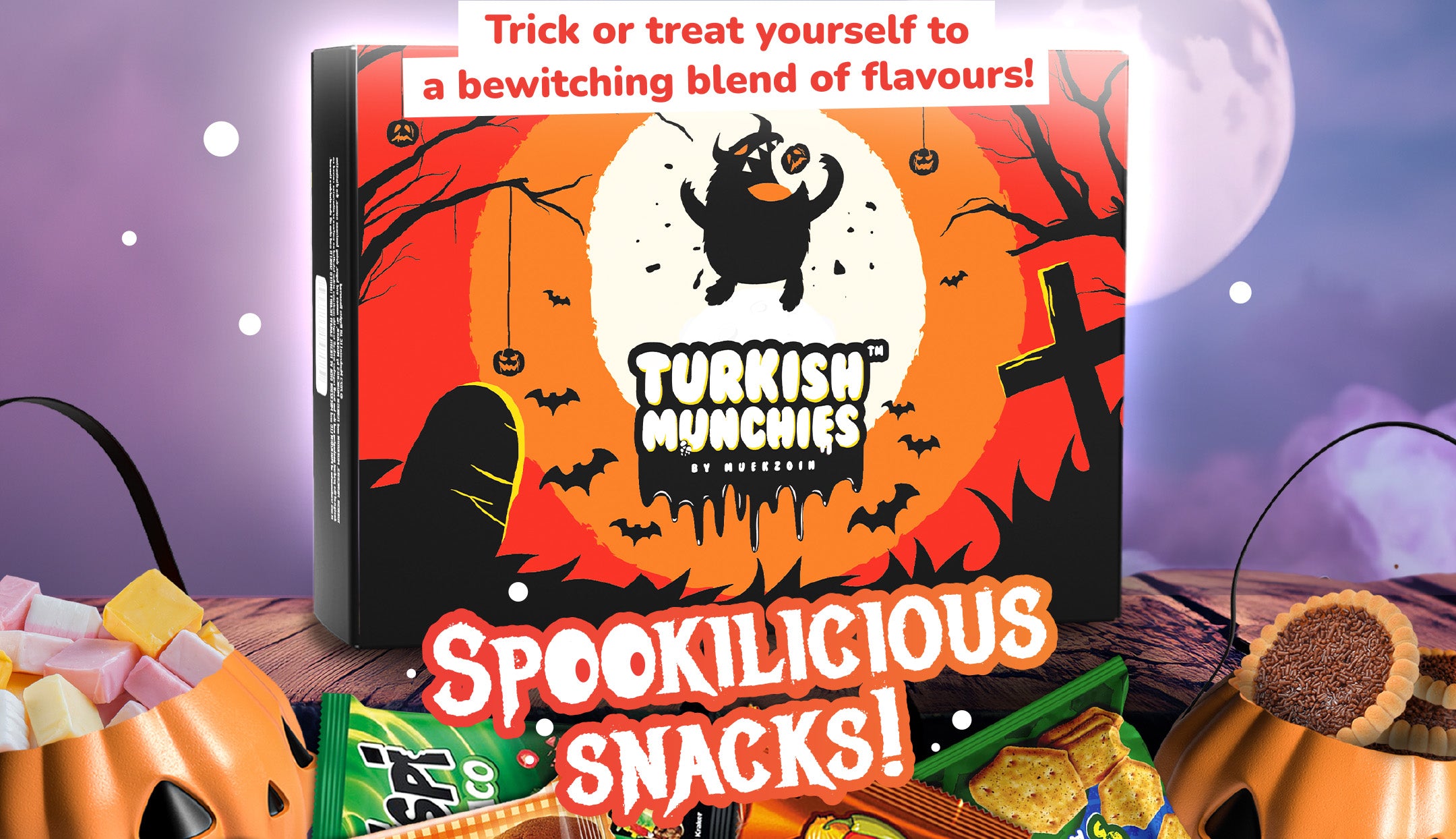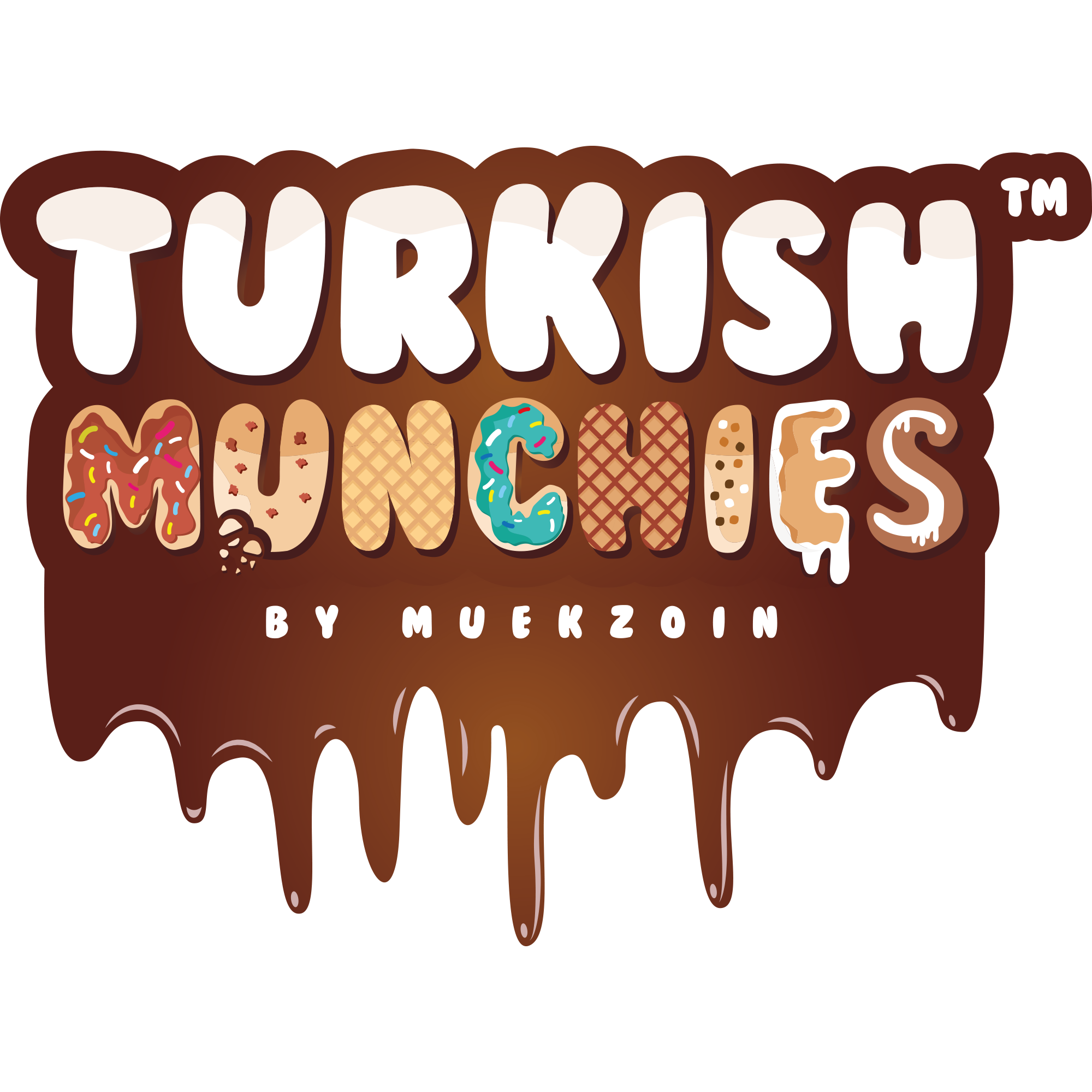How Ice Cream Is Made?

People of all ages love and eat ice cream, that is for sure. Indulging in a creamy scoop of ice cream on a warm summer day is one of life's simple pleasures. But have you ever wondered how this delightful frozen treat is created? Behind its tantalizing flavors and smooth texture lies a fascinating process that involves the perfect fusion of science and art. Since the national ice cream day is just around the corner, we wanted to inform you on the making of ice cream.
Step 1: The Base
The journey begins with the creation of the ice cream base, a mixture that serves as the canvas for all the flavors that will later grace your taste buds. The primary ingredients typically include milk, cream, sugar, and sometimes eggs. These components form the foundation of ice cream, providing the creamy and luscious texture we all love.
Step 2: Flavor Infusion
Once the base is prepared, it's time to infuse it with a burst of flavors. Whether it's the classic vanilla, decadent chocolate, or any other imaginative creation, the possibilities are endless. Flavorings such as vanilla extract, cocoa powder, fruit purees, or even small chunks of delicious treats are added to the base, allowing the taste to permeate throughout.
Step 3: Mixing and Homogenization
To achieve a velvety consistency, the flavored ice cream base must undergo a mixing and homogenization process. This step ensures that all the ingredients blend seamlessly, creating a uniform texture while preventing the formation of ice crystals. Mixing also helps in incorporating air into the mixture, resulting in a lighter and smoother ice cream.
Step 4: Pasteurization
Pasteurization is a crucial step in ice cream production, as it ensures the product's safety and extends its shelf life. The ice cream base is heated to a specific temperature, typically around 70-85°C (160-185°F), to kill any harmful bacteria that might be present. After pasteurization, the base is rapidly cooled down to maintain its quality and flavor.
Step 5: Churning and Freezing
Now comes the magical transformation of the ice cream base into its frozen form. The base is poured into an ice cream maker or churn, where it undergoes continuous mixing while being exposed to cold temperatures. The constant churning prevents the formation of large ice crystals, giving the ice cream its creamy and smooth texture. The freezing process solidifies the mixture, creating the beloved frozen treat we adore.
Step 6: Packaging and Hardening
Once the ice cream reaches the desired consistency, it is ready for packaging. It is carefully transferred to containers or tubs, ensuring that it remains fresh and appetizing. To enhance the ice cream's texture and stability, it is typically stored in a freezer for a short period to undergo a hardening process. This solidifies the product further, allowing it to maintain its shape and prevent melting during transportation and storage.
Ice cream making is truly a fascinating blend of science, creativity, and culinary artistry. From the selection of quality ingredients to the careful balance of flavors, each step plays a vital role in crafting the perfect frozen delight. So, the next time you savor a delectable scoop of ice cream, remember the intricate process that went into creating that moment of pure bliss. If you like to stick to the classic flavors but have some pizzazz with the way of eating it, you can always try crispy halva from Turkish Munchies to have a different and crispier cone. 5 of our boxes include our tasty halva for you to have a crispy ice cream experience this summer. Happy Ice Cream Day!
Here are our boxes with crispy halva:
References:









